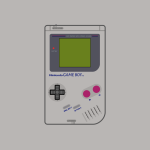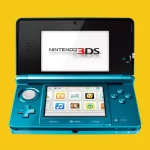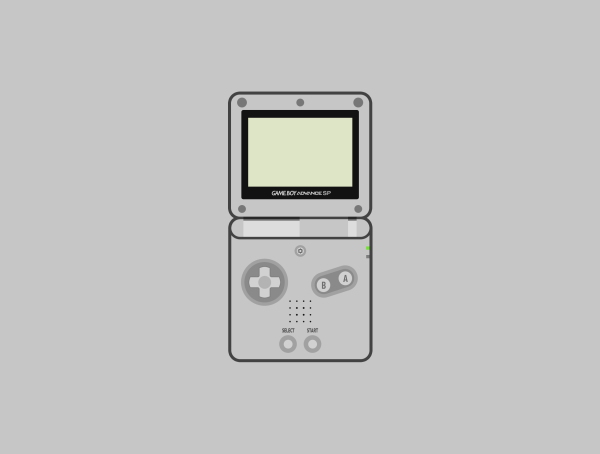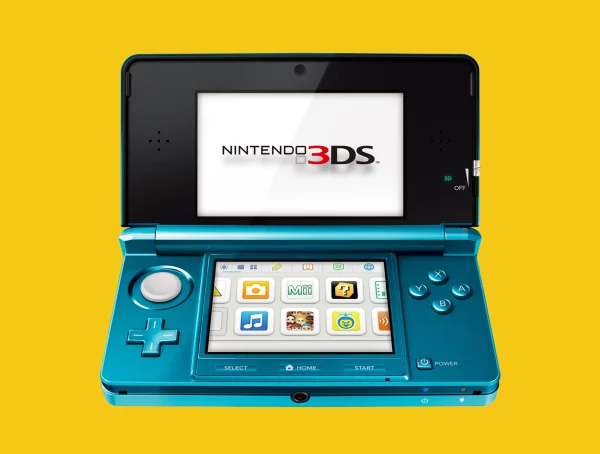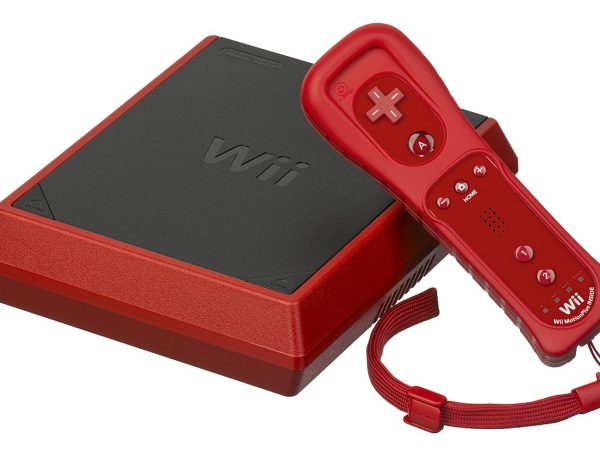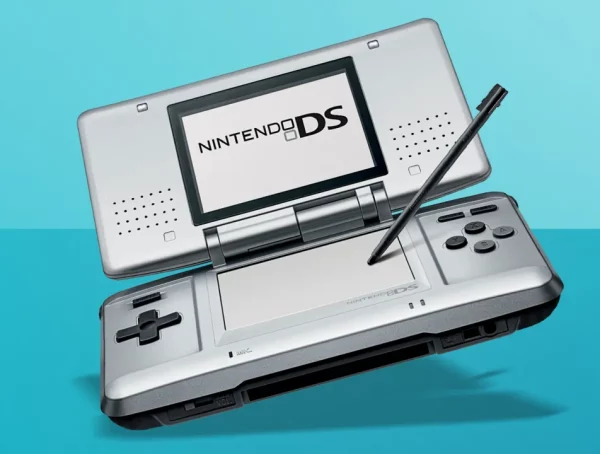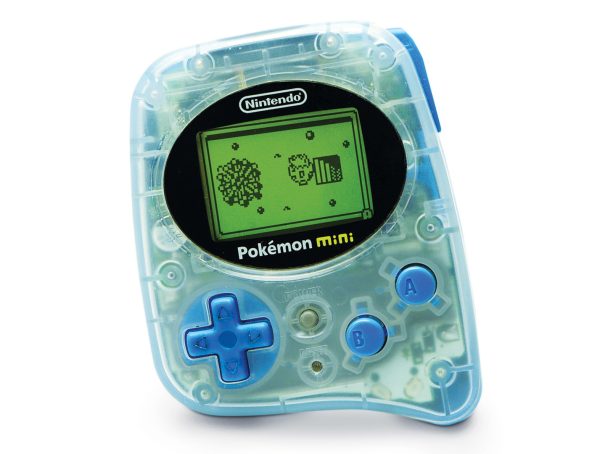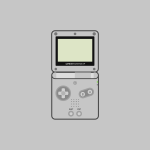The Nintendo Panasonic Q is one of the most fascinating and rare pieces of hardware in Nintendo’s history. A unique hybrid of the Nintendo GameCube and a Panasonic DVD player, it was an ambitious experiment born from a collaboration between Nintendo and Panasonic (Matsushita Electric Industrial Co.). Though not widely known outside Japan, the Panasonic Q is a favorite among collectors due to its distinct design, limited availability, and dual functionality.
History and Background
In the early 2000s, DVD technology was becoming standard in consumer electronics, and game consoles like the Sony PlayStation 2 included DVD playback, an attractive feature for many buyers. The Nintendo GameCube, however, lacked DVD support, focusing solely on gaming with its proprietary mini-discs.
To bridge this gap without compromising its GameCube philosophy, Nintendo licensed the GameCube hardware to Panasonic. The result was the Panasonic Q, released exclusively in Japan on December 13, 2001, for around ¥39,800 (about $325 USD at the time).
While the Q was essentially a GameCube at its core, its standout feature was built-in DVD playback, along with premium materials and aesthetics. Unfortunately, it struggled commercially and was officially discontinued in December 2003, making it available for only two years.
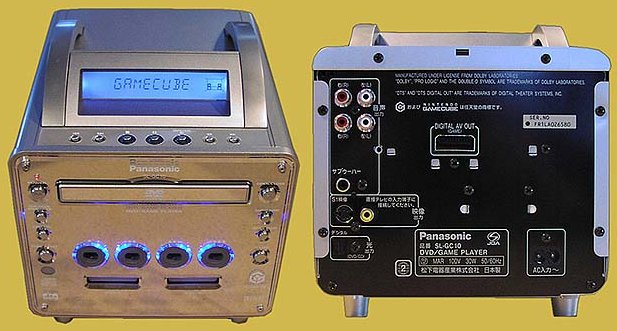
Design and Aesthetics
The Panasonic Q looks vastly different from the regular GameCube:
| Feature | Panasonic Q | Nintendo GameCube |
|---|---|---|
| Design | Brushed aluminum front panel, chrome accents, clear blue LED display | Plastic cube design |
| Disc Tray | Motorized front-loading tray (for both DVDs and mini-discs) | Top-loading disc lid |
| Footprint | Slightly larger and heavier than the GameCube | Smaller, cube-shaped |
| Display | Digital LCD display for DVD status and functions | No front display |
The Q has a sleek, high-tech look compared to the playful and toy-like appearance of the GameCube. It came in a single silver color, matching Panasonic’s line of consumer electronics at the time. There are no official color variants or special editions of the Panasonic Q, though some collectors have customized theirs.
Included Accessories
The Panasonic Q included:
- A silver GameCube controller matching the unit’s aesthetic
- A remote control for DVD playback
- Composite AV cables
- Power cord and manuals (in Japanese)
Optional accessories included a carrying case and an official remote sensor receiver, which was required to use the remote.
Specifications
| Specification | Panasonic Q |
|---|---|
| CPU | IBM “Gekko” 485 MHz |
| GPU | ATI “Flipper” 162 MHz |
| Memory | 24 MB of 1T-SRAM |
| Disc Drive | Dual tray mechanism (8 cm GameCube discs + standard 12 cm DVDs) |
| Media Support | GameCube mini-DVDs, DVDs, VCDs, Audio CDs |
| Outputs | Composite AV, S-Video, Component (via accessory) |
| Size | 180 mm x 270 mm x 120 mm |
| Weight | ~3.5 kg (heavier than GameCube) |
Differences Compared to Nintendo GameCube
While the core gaming hardware remained identical to the GameCube, several differences set the Q apart:
| Aspect | Nintendo GameCube | Panasonic Q |
|---|---|---|
| DVD Playback | ❌ No support | ✅ Native DVD, VCD, Audio CD support |
| Disc Mechanism | Top-loading | Front motorized tray |
| Design | Colorful, cube-shaped | Metallic, AV component-style |
| Display | No display | Front LED status display |
| Price | ¥25,000 (at launch) | ¥39,800 (at launch) |
| Region Lock | Japan-only (games and DVDs) | Japan-only (DVDs NTSC-J) |
A key limitation was that the Q could only play Japanese-region DVDs, and while it played all GameCube games, they had to be Japanese region-locked as well. Attempts to import or modify it required firmware or chip mods.
Commercial Reception and Discontinuation
Despite its premium build and dual functionality, the Panasonic Q failed commercially. Key reasons include:
- High cost: It was significantly more expensive than the GameCube or a regular DVD player.
- Limited appeal: Gamers who wanted DVD functionality had already purchased a PlayStation 2.
- Region lock: Its appeal to Western markets was limited due to Japanese-only support.
- No exclusive content: The Q didn’t offer any features or enhancements for gameplay.
Panasonic discontinued the Q in late 2003, having reportedly sold fewer than 100,000 units, making it a rare and highly collectible item today.
Legacy and Collector’s Value
Today, the Panasonic Q holds a special place in Nintendo’s hardware history as:
- One of the only Nintendo-licensed devices made by another company
- A fusion of gaming and multimedia during a transitional time for consoles
- A rare collector’s item, often priced between $500–$1,500 USD depending on condition, completeness, and whether the remote and box are included
Its rarity and unique aesthetic make it a must-have for dedicated Nintendo or console collectors.
Panasonic Q Stands as a Symbol
The Panasonic Q stands as a symbol of experimentation, a console ahead of its time in terms of hybrid functionality, but one that struggled to find a wide audience. Though commercially unsuccessful, it remains a shining example of how Nintendo occasionally steps outside its comfort zone, and for that reason alone, the Panasonic Q remains a cherished oddity in gaming history.
You might also like
More from CONSOLES
Nintendo Wii Mini: Complete History, Versions, and Specs (2012)
The Nintendo Wii Mini is a lesser-known variant of the highly successful Nintendo Wii console. Designed as a more affordable …
Nintendo DS: The Dual-Screen Revolution (2004)
The Nintendo DS, launched in 2004, marked a bold and innovative step in the world of handheld gaming. With its …
Nintendo Pokémon Mini, One Of The Most Compact Handheld Consoles Ever Released! (2001)
The Nintendo Pokémon Mini is one of the most unique and compact handheld consoles ever released. Designed specifically to capitalize …
